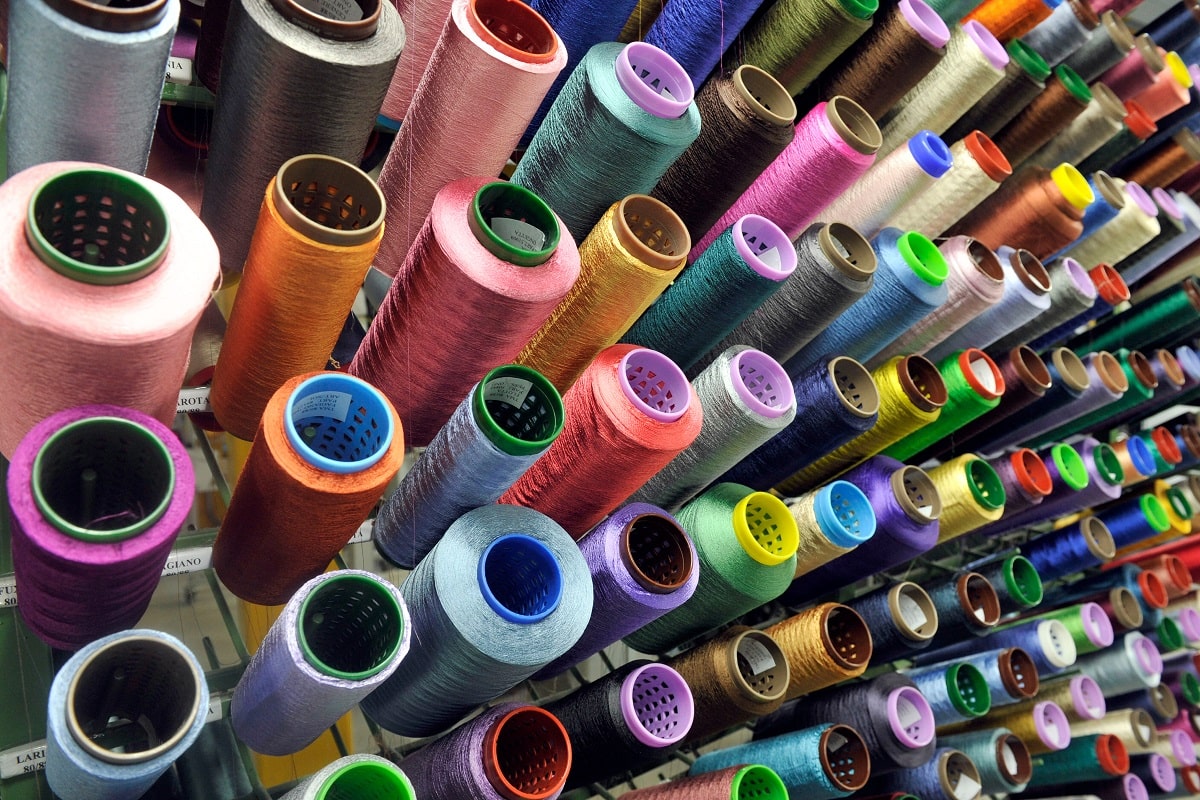Understanding the Basics of Business Casual
In today’s professional world, the line between formal and casual attire has become increasingly blurred. Many workplaces now adopt a business casual dress code, which can often leave employees puzzled about what is appropriate and what is not. Business casual fashion is all about finding the perfect balance between professionalism and comfort. Let’s first clarify what it means. Business casual is a dress code that allows for more relaxed and comfortable clothing choices while still maintaining a professional appearance. It is important to note that business casual can vary depending on the industry, company, and even the specific event or occasion. However, there are some general guidelines that can help you navigate this dress code with ease.
Building a Business Casual Wardrobe
The key to mastering business casual fashion lies in building a versatile wardrobe that allows for easy mix-and-match options. Here are some essential pieces that should be a part of your business casual repertoire:
- Blazers: A well-fitted blazer is a staple in any business casual wardrobe. Opt for neutral colors like black, navy, or gray, as they can easily be paired with a variety of outfits.
- Dress Shirts: Crisp, button-down dress shirts are a must-have for business casual attire. Invest in classic colors like white or light blue, and consider adding some subtle patterns or textures to add interest to your outfits.
- Trousers: When it comes to bottoms, opt for tailored trousers in fabrics like cotton or wool. Avoid jeans or overly casual pants, as they may not be suitable for all business casual settings.
- Skirts and Dresses: For a more feminine touch, skirts and dresses are a great option. Stick to knee-length or longer styles and avoid anything too tight or revealing.
- Shoes: Choose closed-toe shoes that are comfortable yet polished. Classic options include loafers, pumps, or ankle boots. Avoid sneakers or sandals unless specifically allowed by your workplace.
Mixing and Matching for Versatility
One of the advantages of a business casual dress code is the ability to mix and match different pieces to create a variety of outfits. By investing in a few key items and combining them creatively, you can maximize your wardrobe options. For example, pair a blazer with tailored trousers for a classic look, or dress down a dress shirt by wearing it with dark-wash jeans and a statement belt. The possibilities are endless, so don’t be afraid to experiment and find your own unique style within the business casual realm.
Paying Attention to Fit and Tailoring
Regardless of the dress code, proper fit and tailoring can make or break an outfit. When it comes to business casual fashion, it is crucial to ensure that your clothes fit well and flatter your body shape. Ill-fitting garments can give off a sloppy or unprofessional appearance, so take the time to have your clothes tailored if needed. Pay attention to details like sleeve length, pant length, and waistline to achieve a polished and put-together look.
Adding Personal Style
While business casual fashion typically adheres to a more conservative dress code, there is still room to showcase your personal style. Accessories are a great way to add a touch of personality to your outfits. Consider incorporating statement jewelry, colorful scarves, or a stylish handbag to elevate your look without compromising professionalism. Just be mindful of not going overboard and keeping your accessories tasteful and appropriate for the workplace. Mastering the art of business casual fashion is all about finding the right balance between professionalism and comfort. By understanding these key aspects, you can confidently navigate any business casual setting. Dressing for success not only shows respect for the workplace but also boosts your confidence and leaves a lasting impression on others.
Key Takeaways
- Business casual fashion is about finding the balance between professionalism and comfort.
- Understand the basics of the business casual dress code, which can vary depending on the industry and occasion.
- Build a versatile wardrobe with essential pieces like blazers, dress shirts, trousers, skirts, and appropriate shoes.
- Mix and match your clothing items to create a variety of outfits.
- Pay attention to fit and tailoring to ensure a polished and professional appearance.
- Add personal style through tasteful accessories that showcase your personality.
- Dressing for success boosts confidence and leaves a lasting impression.
To further enhance your knowledge and skills in the world of fashion, consider taking the FIT Fashion Styling Foundations online course and certificate program. This comprehensive program will provide you with valuable insights into the fashion industry, styling techniques, and the art of creating compelling visual narratives through fashion. By enrolling in this course, you can take your passion for fashion to the next level and pave the way for a successful career in the industry.








